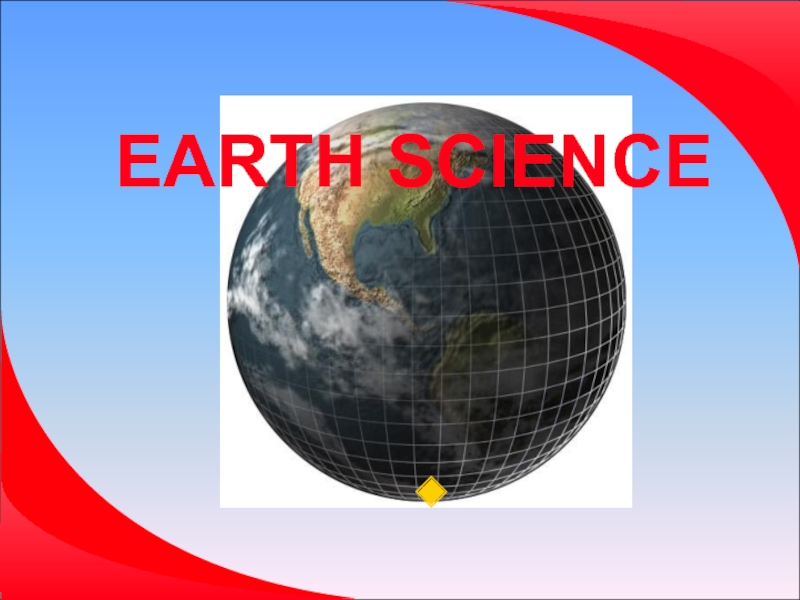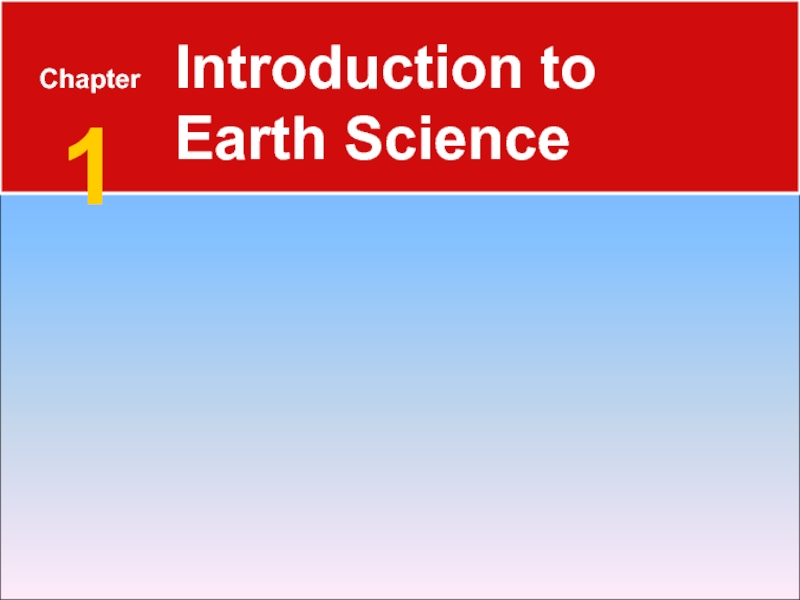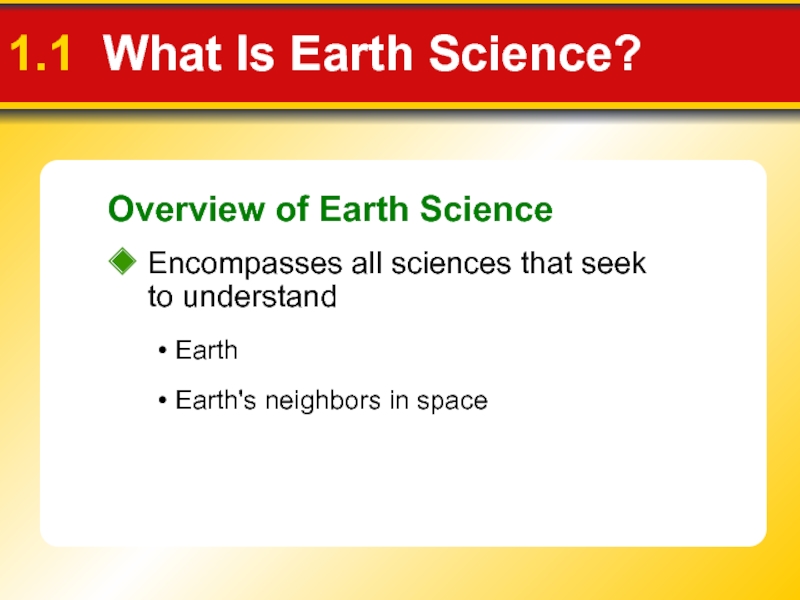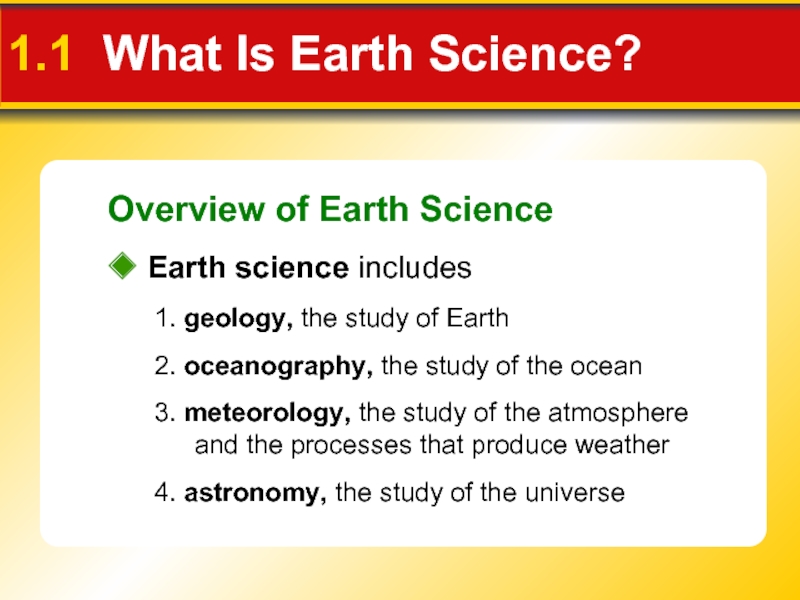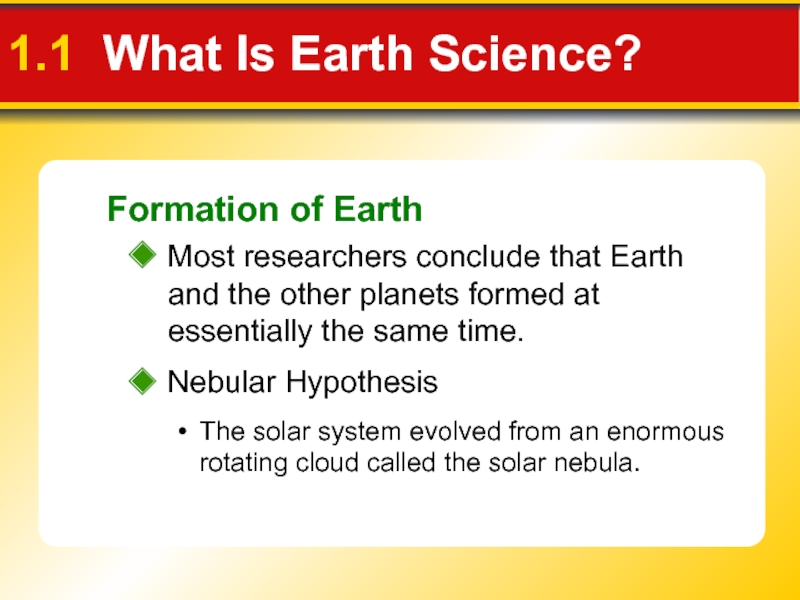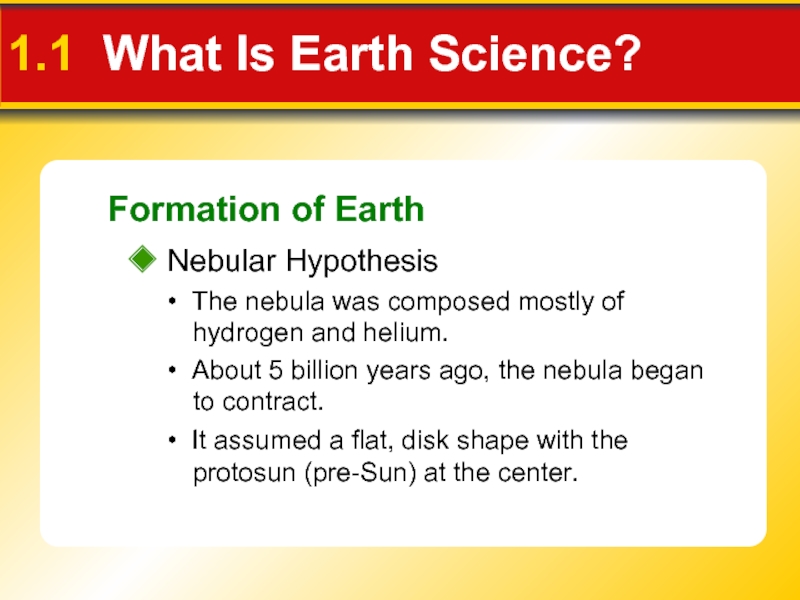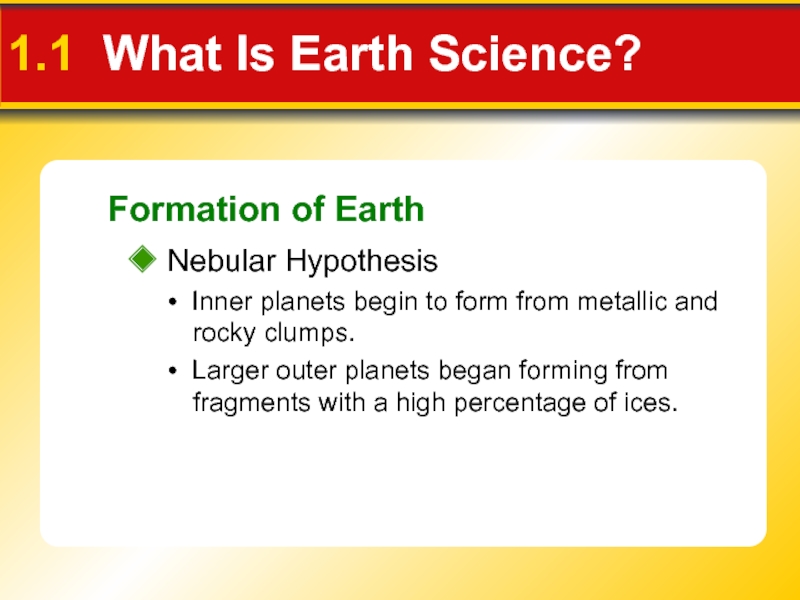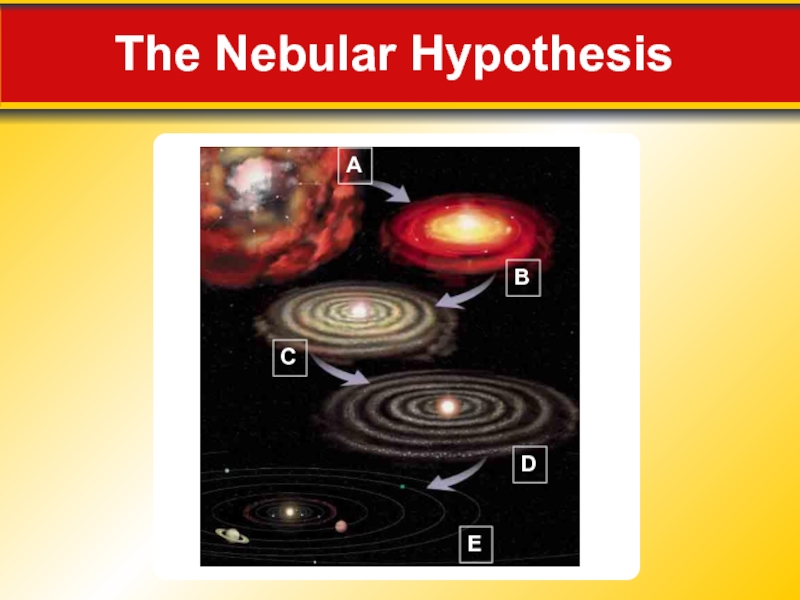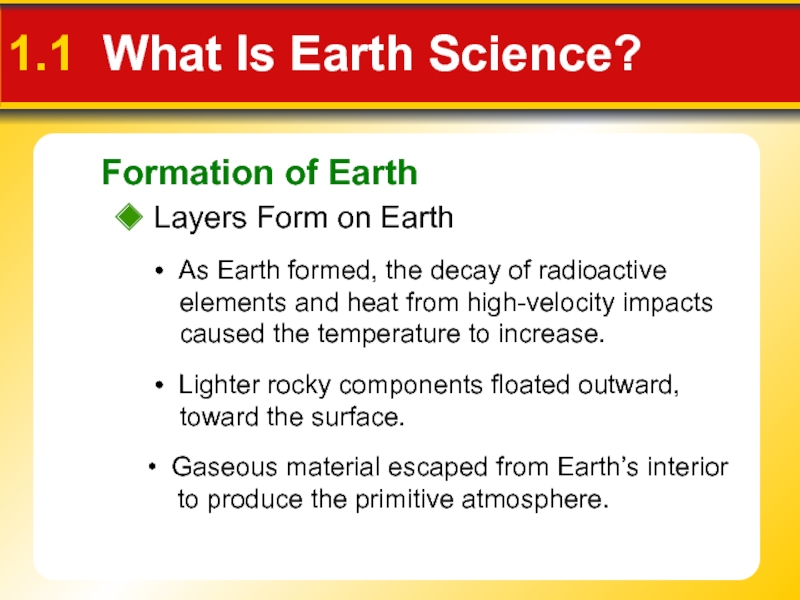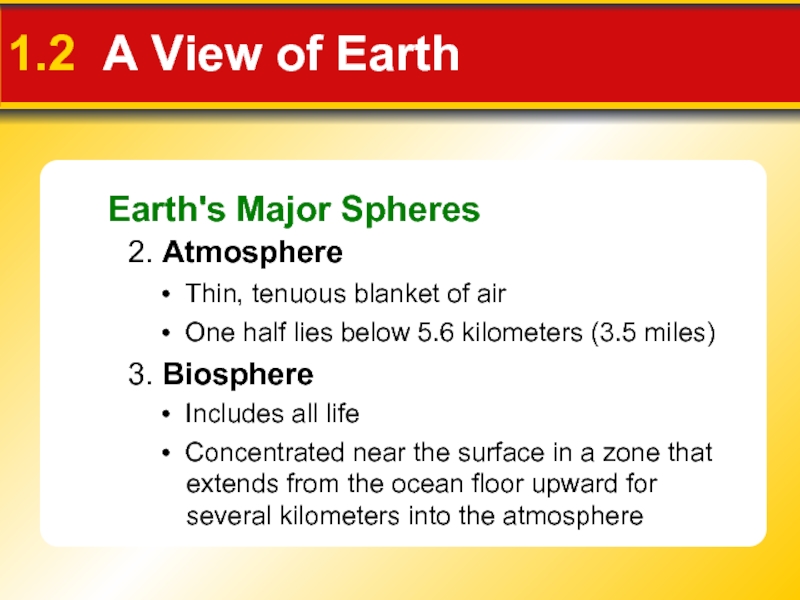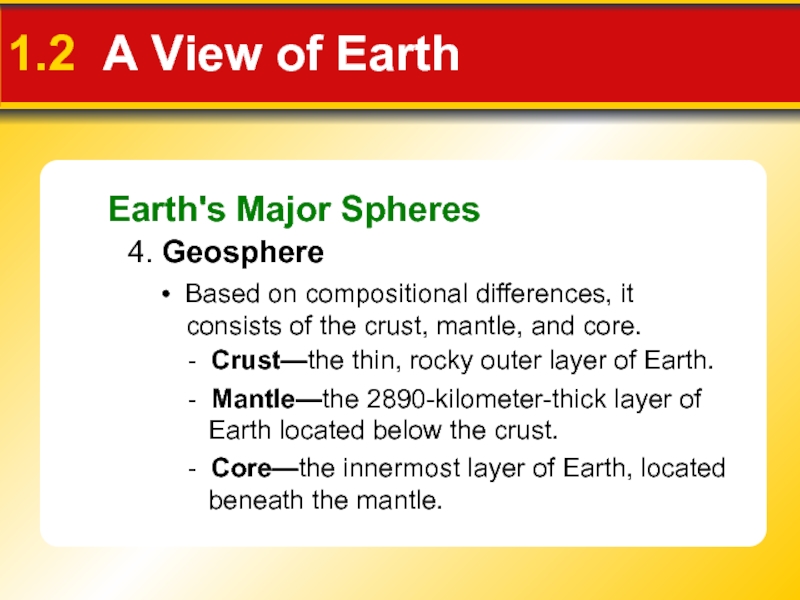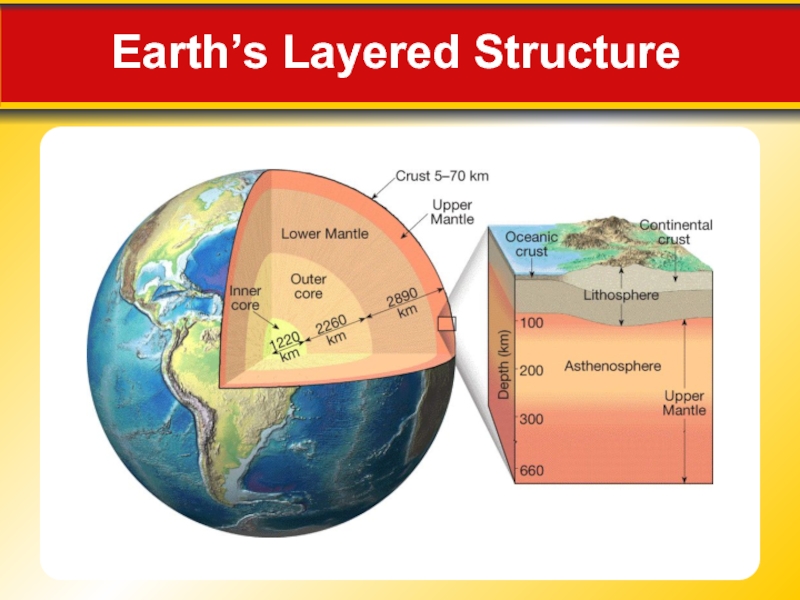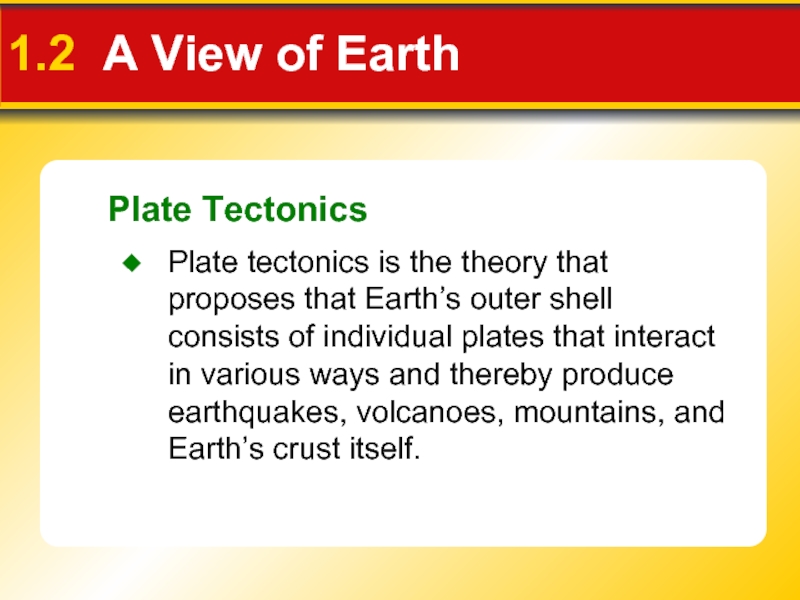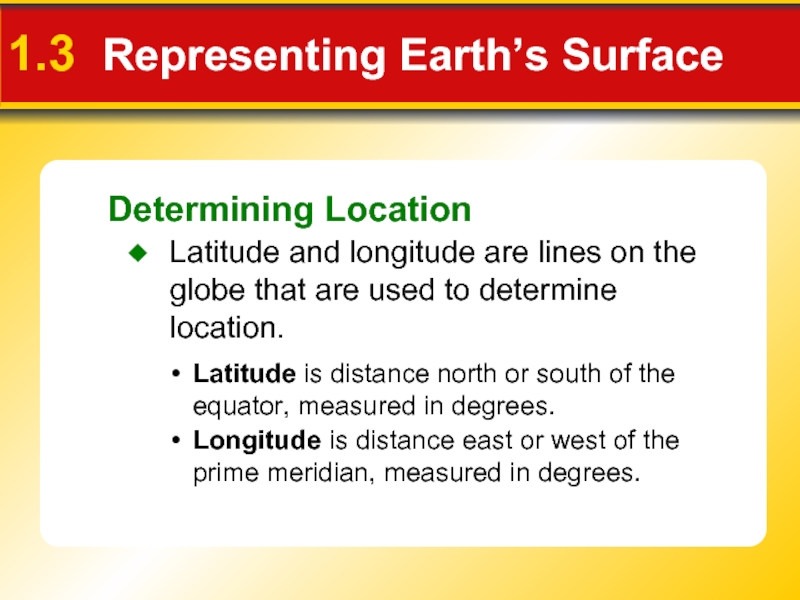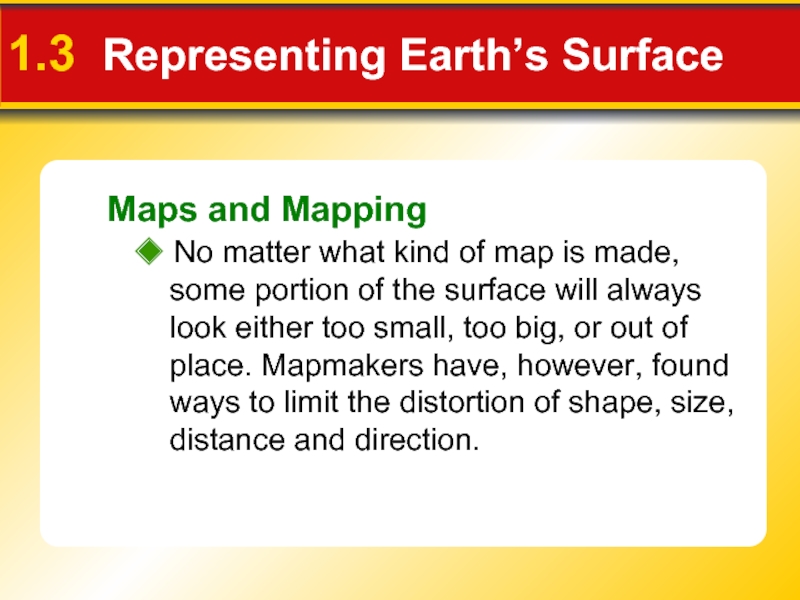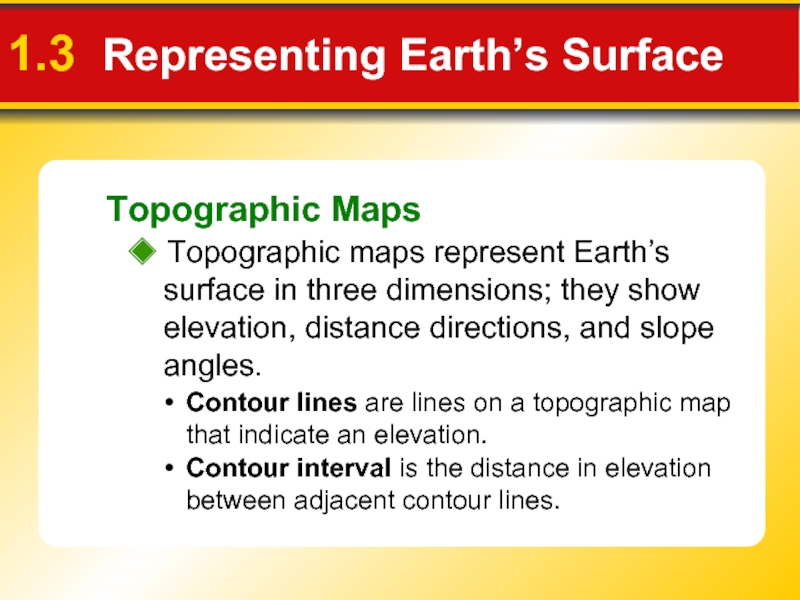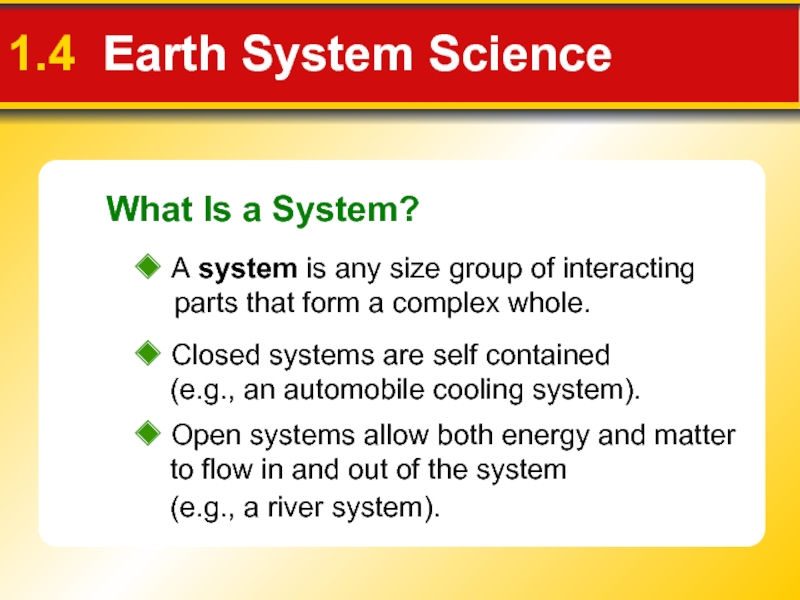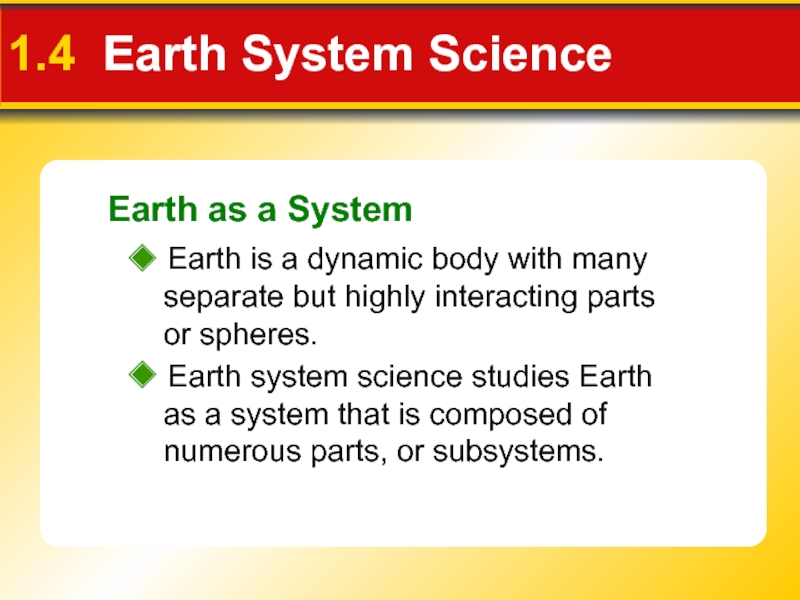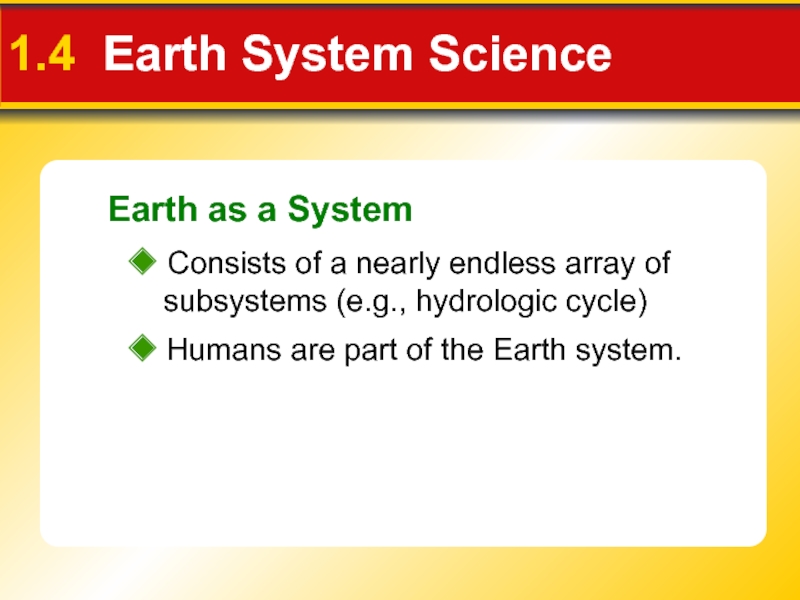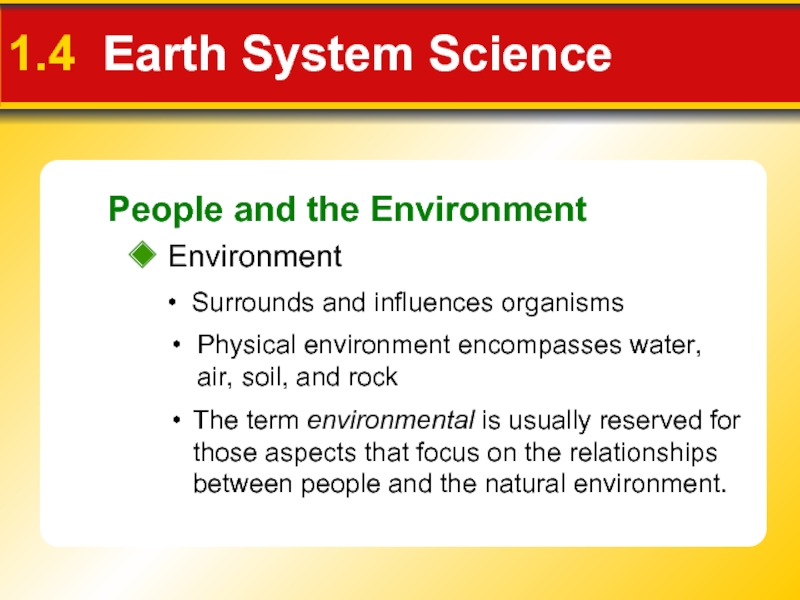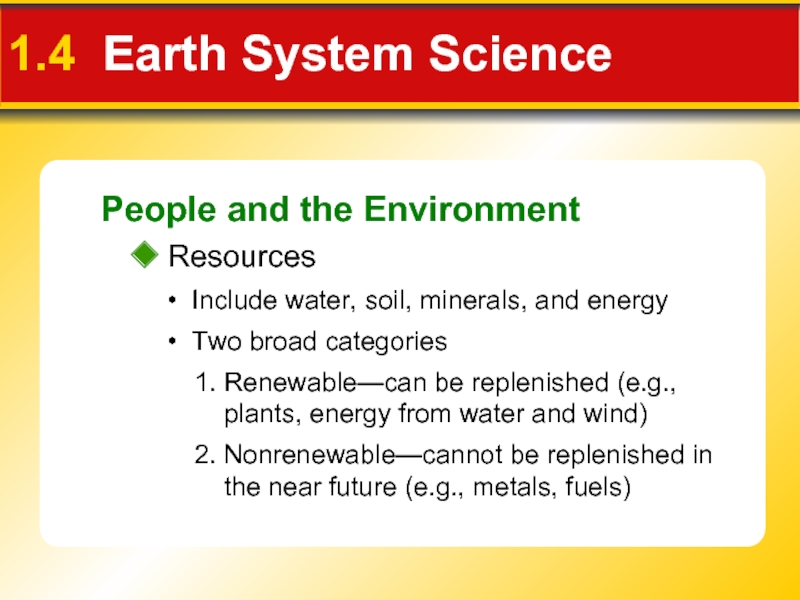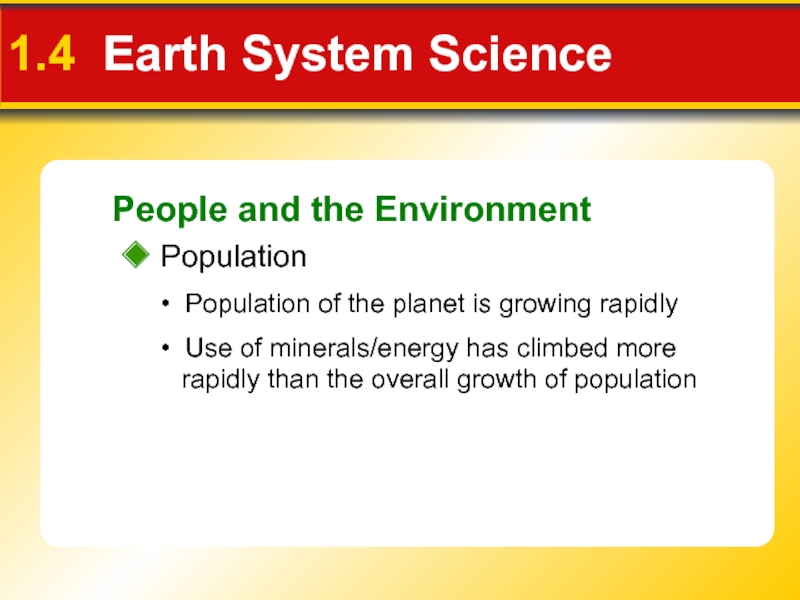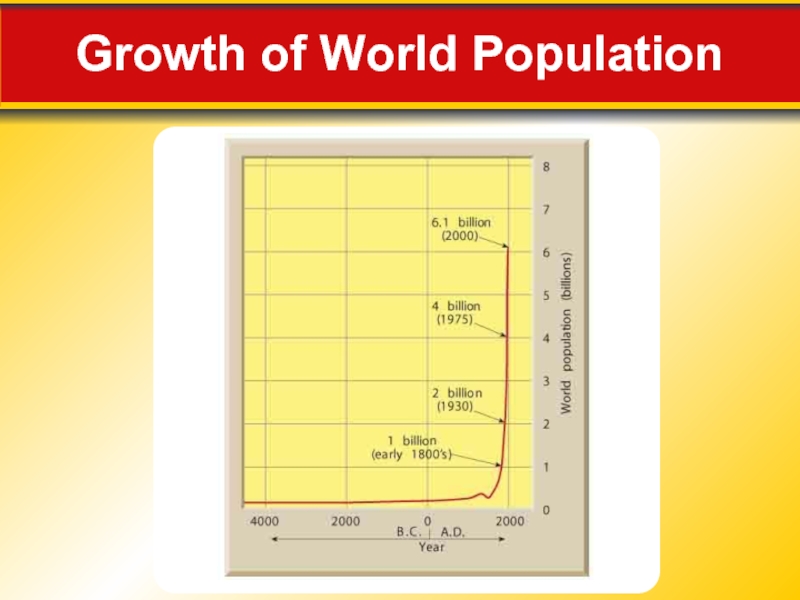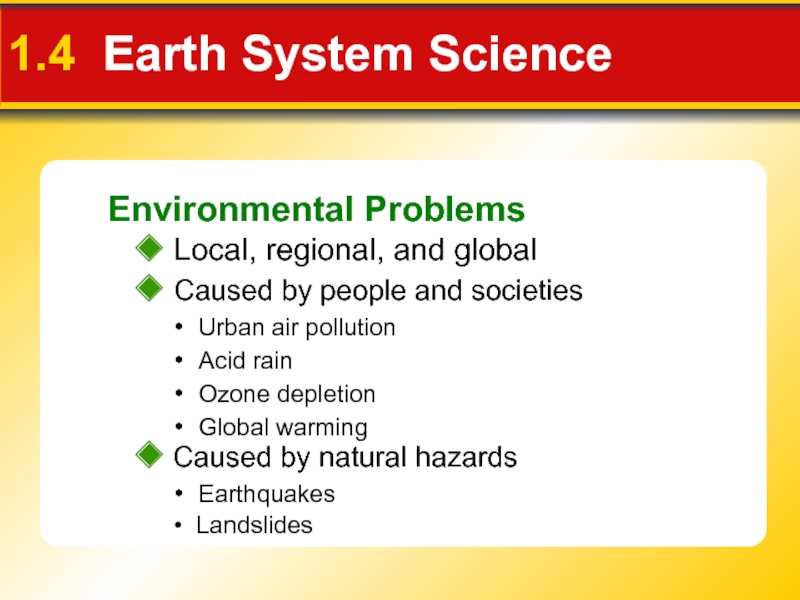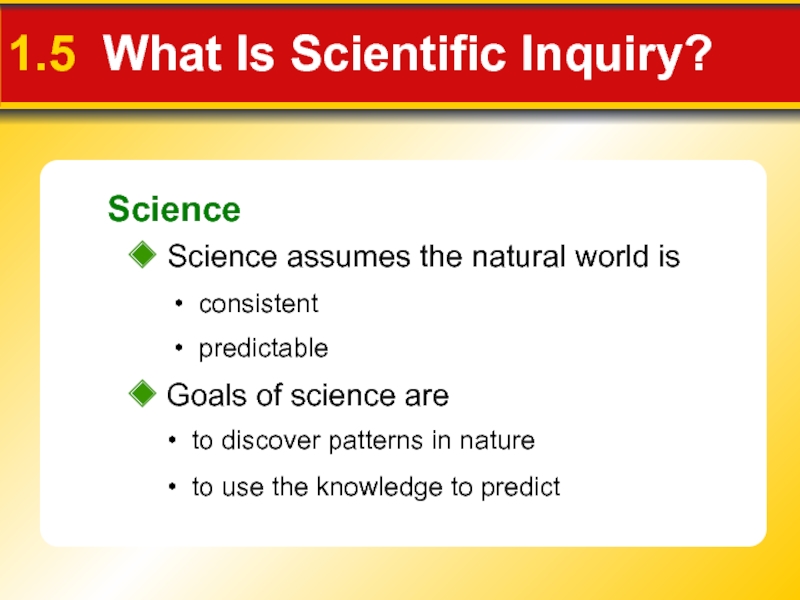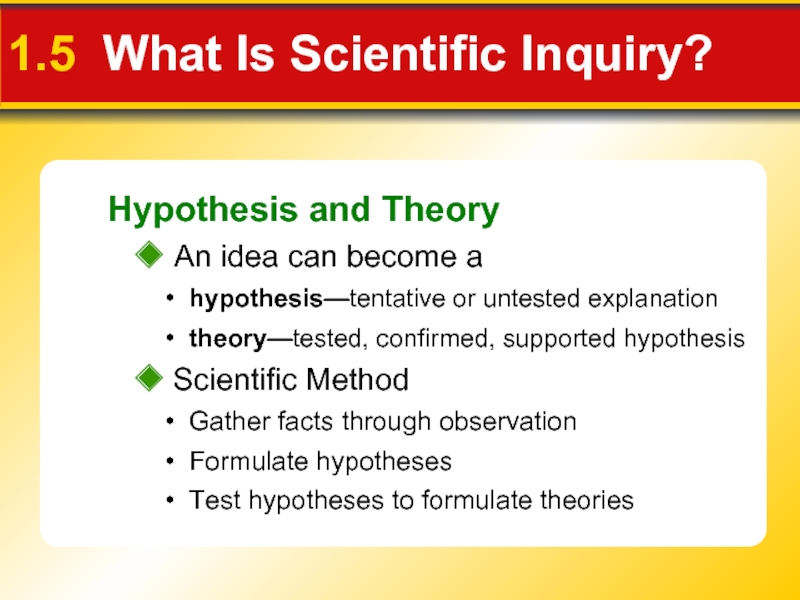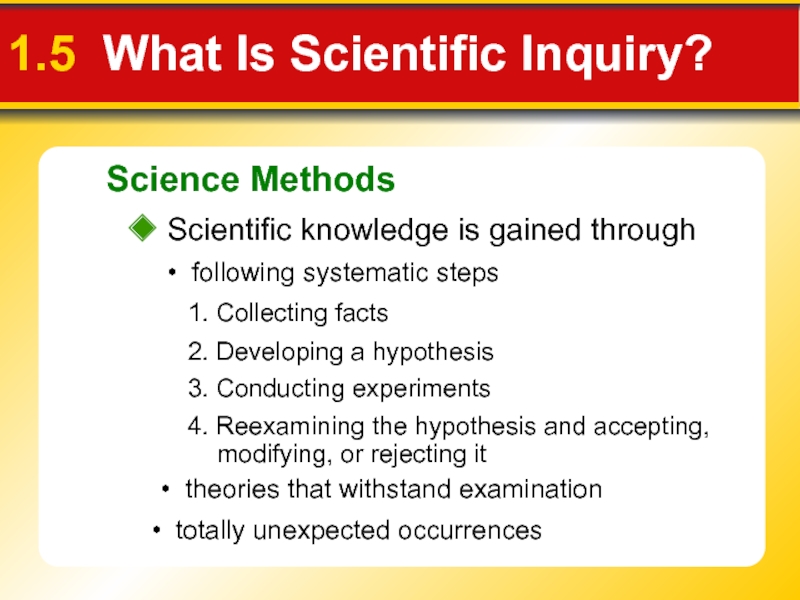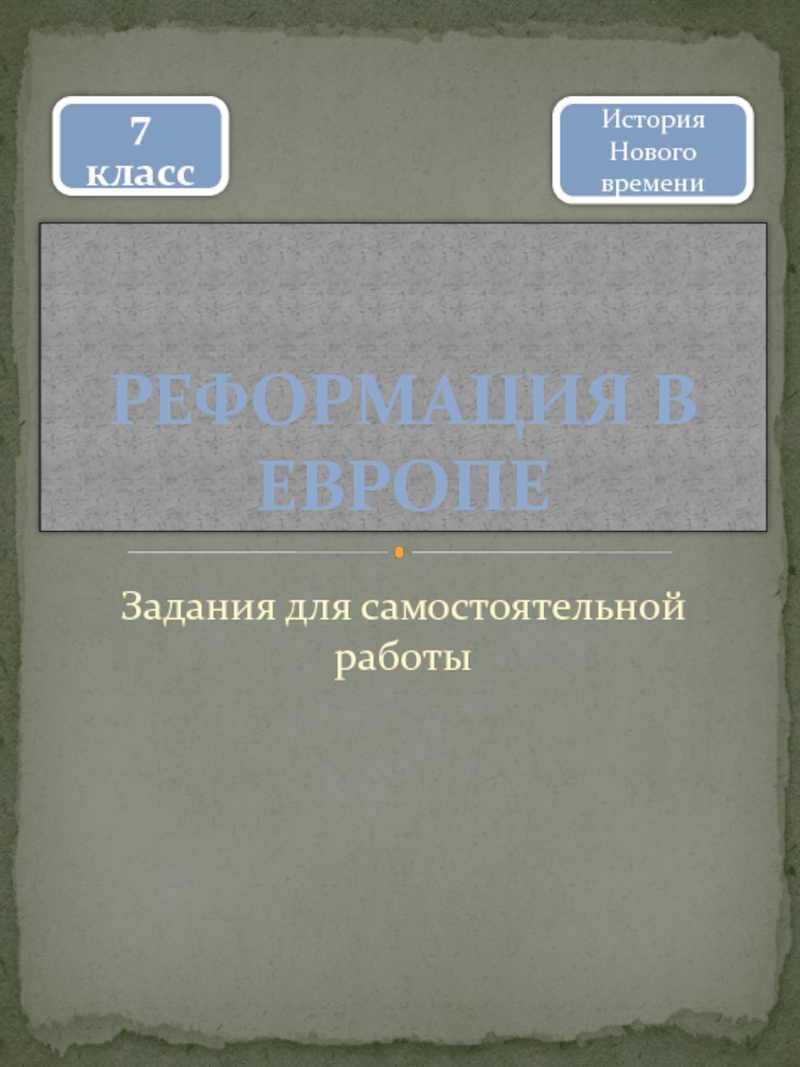- Главная
- Разное
- Дизайн
- Бизнес и предпринимательство
- Аналитика
- Образование
- Развлечения
- Красота и здоровье
- Финансы
- Государство
- Путешествия
- Спорт
- Недвижимость
- Армия
- Графика
- Культурология
- Еда и кулинария
- Лингвистика
- Английский язык
- Астрономия
- Алгебра
- Биология
- География
- Детские презентации
- Информатика
- История
- Литература
- Маркетинг
- Математика
- Медицина
- Менеджмент
- Музыка
- МХК
- Немецкий язык
- ОБЖ
- Обществознание
- Окружающий мир
- Педагогика
- Русский язык
- Технология
- Физика
- Философия
- Химия
- Шаблоны, картинки для презентаций
- Экология
- Экономика
- Юриспруденция
EARTH SCIENCE презентация
Содержание
- 1. EARTH SCIENCE
- 2. Chapter 1 Introduction to Earth Science
- 3. 1.1 What Is Earth Science? ◆ Encompasses
- 4. ◆ Earth science includes 4. astronomy, the
- 5. The solar system evolved from an enormous
- 6. • The nebula was composed mostly of
- 7. • Inner planets begin to form from
- 8. The Nebular Hypothesis
- 9. ◆ Layers Form on Earth 1.1 What
- 10. 1.2 A View of Earth 1. Hydrosphere
- 11. 1.2 A View of Earth 2. Atmosphere
- 12. 1.2 A View of Earth 4. Geosphere
- 13. Earth’s Layered Structure
- 14. 1.2 A View of Earth Plate tectonics
- 15. 1.3 Representing Earth’s Surface Latitude and longitude
- 16. 1.3 Representing Earth’s Surface ◆ No matter
- 17. 1.3 Representing Earth’s Surface ◆ Topographic maps
- 18. 1.4 Earth System Science ◆ Closed systems
- 19. 1.4 Earth System Science ◆ Earth is
- 20. 1.4 Earth System Science ◆ Sources of
- 21. 1.4 Earth System Science ◆ Humans are
- 22. 1.4 Earth System Science ◆ Environment •
- 23. 1.4 Earth System Science ◆ Resources
- 24. 1.4 Earth System Science ◆ Population •
- 25. Growth of World Population
- 26. 1.4 Earth System Science ◆ Caused by
- 27. 1.5 What Is Scientific Inquiry? ◆ Science
- 28. 1.5 What Is Scientific Inquiry? ◆ An
- 29. 1.5 What Is Scientific Inquiry? ◆ Scientific
Слайд 31.1 What Is Earth Science?
◆ Encompasses all sciences that seek to
Earth
Earth's neighbors in space
Слайд 4◆ Earth science includes
4. astronomy, the study of the universe
3. meteorology,
1. geology, the study of Earth
2. oceanography, the study of the ocean
1.1 What Is Earth Science?
Слайд 5The solar system evolved from an enormous rotating cloud called the
◆ Most researchers conclude that Earth and the other planets formed at essentially the same time.
◆ Nebular Hypothesis
1.1 What Is Earth Science?
Слайд 6• The nebula was composed mostly of hydrogen and helium.
◆ Nebular
1.1 What Is Earth Science?
• About 5 billion years ago, the nebula began to contract.
• It assumed a flat, disk shape with the protosun (pre-Sun) at the center.
Слайд 7• Inner planets begin to form from metallic and rocky clumps.
◆
1.1 What Is Earth Science?
• Larger outer planets began forming from fragments with a high percentage of ices.
Слайд 9◆ Layers Form on Earth
1.1 What Is Earth Science?
• As Earth
• Lighter rocky components floated outward, toward the surface.
• Gaseous material escaped from Earth’s interior to produce the primitive atmosphere.
Слайд 101.2 A View of Earth
1. Hydrosphere
• Ocean is the most prominent
- Is nearly 71% of Earth's surface
- Holds about 97% of Earth's water
• Also includes fresh water found in streams, lakes, and glaciers, as well as that found underground
Слайд 111.2 A View of Earth
2. Atmosphere
• Thin, tenuous blanket of
• One half lies below 5.6 kilometers (3.5 miles)
3. Biosphere
• Includes all life
• Concentrated near the surface in a zone that extends from the ocean floor upward for several kilometers into the atmosphere
Слайд 121.2 A View of Earth
4. Geosphere
• Based on compositional differences,
- Crust—the thin, rocky outer layer of Earth.
- Mantle—the 2890-kilometer-thick layer of
Earth located below the crust.
- Core—the innermost layer of Earth, located beneath the mantle.
Слайд 141.2 A View of Earth
Plate tectonics is the theory that proposes
Слайд 151.3 Representing Earth’s Surface
Latitude and longitude are lines on the globe
Latitude is distance north or south of the equator, measured in degrees.
Longitude is distance east or west of the prime meridian, measured in degrees.
Слайд 161.3 Representing Earth’s Surface
◆ No matter what kind of map is
Слайд 171.3 Representing Earth’s Surface
◆ Topographic maps represent Earth’s surface in three
Contour lines are lines on a topographic map that indicate an elevation.
Contour interval is the distance in elevation between adjacent contour lines.
Слайд 181.4 Earth System Science
◆ Closed systems are self contained
(e.g., an
◆ Open systems allow both energy and matter to flow in and out of the system
(e.g., a river system).
◆ A system is any size group of interacting parts that form a complex whole.
Слайд 191.4 Earth System Science
◆ Earth is a dynamic body with many
◆ Earth system science studies Earth
as a system that is composed of numerous parts, or subsystems.
Слайд 201.4 Earth System Science
◆ Sources of Energy
• Sun—drives external processes such
• Earth’s interior—drives internal processes including volcanoes, earthquakes and mountain building
Слайд 211.4 Earth System Science
◆ Humans are part of the Earth system.
◆
Слайд 221.4 Earth System Science
◆ Environment
• Surrounds and influences organisms
Physical environment encompasses
The term environmental is usually reserved for those aspects that focus on the relationships between people and the natural environment.
Слайд 231.4 Earth System Science
◆ Resources
• Include water, soil, minerals, and
• Two broad categories
2. Nonrenewable—cannot be replenished in the near future (e.g., metals, fuels)
1. Renewable—can be replenished (e.g., plants, energy from water and wind)
Слайд 241.4 Earth System Science
◆ Population
• Population of the planet is growing
• Use of minerals/energy has climbed more rapidly than the overall growth of population
Слайд 261.4 Earth System Science
◆ Caused by people and societies
• Urban
• Acid rain
◆ Caused by natural hazards
• Landslides
• Ozone depletion
• Global warming
• Earthquakes
◆ Local, regional, and global
Слайд 271.5 What Is Scientific Inquiry?
◆ Science assumes the natural world is
•
• predictable
◆ Goals of science are
• to use the knowledge to predict
• to discover patterns in nature
Слайд 281.5 What Is Scientific Inquiry?
◆ An idea can become a
hypothesis—tentative
theory—tested, confirmed, supported hypothesis
◆ Scientific Method
Formulate hypotheses
Gather facts through observation
Test hypotheses to formulate theories
Слайд 291.5 What Is Scientific Inquiry?
◆ Scientific knowledge is gained through
• following
1. Collecting facts
• theories that withstand examination
totally unexpected occurrences
2. Developing a hypothesis
3. Conducting experiments
4. Reexamining the hypothesis and accepting, modifying, or rejecting it
